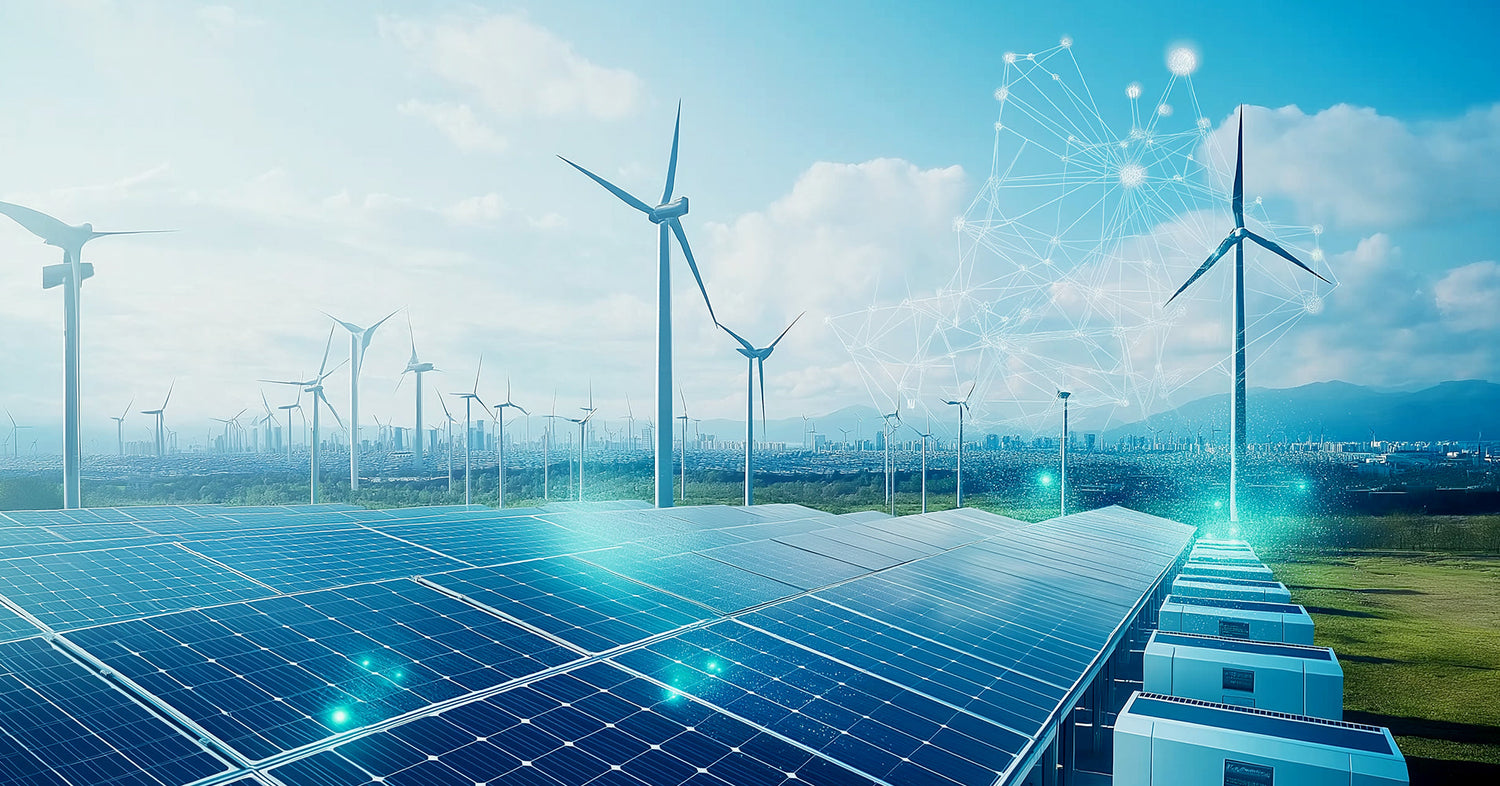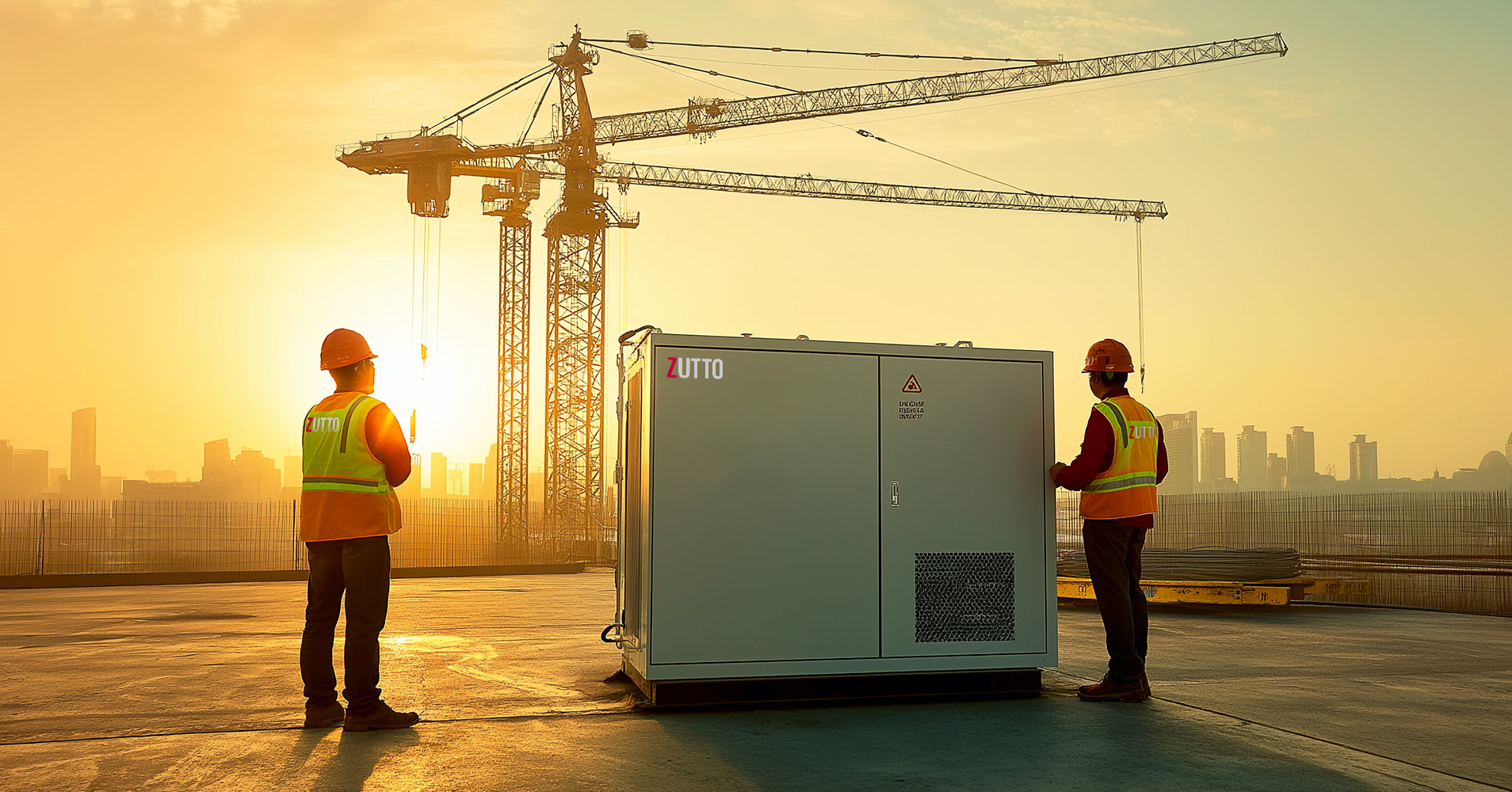What is a BESS (Battery Energy Storage System)?
In the rapidly evolving energy landscape, the need for efficient, sustainable, and reliable power storage solutions has become critical. This is where Battery Energy Storage Systems (BESS) play a transformative role. A BESS is an advanced technology designed to store electrical energy in batteries for later use. By bridging the gap between energy generation and consumption, these systems help optimize energy usage, stabilize the grid, and support renewable energy integration.
Understanding the Basics of BESS
A Battery Energy Storage System consists of several key components that work together to ensure efficient energy storage and delivery:
- Battery Modules: The core component where energy is stored. Common types include lithium-ion, lead-acid, and flow batteries.
- Battery Management System (BMS): Monitors and controls battery performance, ensuring safety and longevity.
- Power Conversion System (PCS): Converts stored DC power into AC power for grid compatibility.
- Energy Management System (EMS): Optimizes energy storage and usage based on demand, supply, and economic factors.
- Cooling Systems: Maintain optimal battery temperature to enhance efficiency and safety.
How Does a BESS Work?
A BESS operates by storing excess energy during periods of low demand and releasing it when demand peaks. Here’s a step-by-step overview of its operation:
- Energy Input: The system captures surplus energy from sources like solar panels, wind turbines, or the grid.
- Storage: This energy is stored in the battery modules as direct current (DC).
- Conversion: When energy is required, the PCS converts the stored DC power into alternating current (AC) for usage.
- Output: The system discharges energy to power homes, businesses, or the grid during high-demand periods.
Types of BESS Technologies
Battery Energy Storage Systems are powered by various battery technologies, each with unique characteristics:
- Lithium-Ion Batteries: High energy density, efficiency, and long lifespan, ideal for frequent charging and discharging.
- Lead-Acid Batteries: Cost-effective and reliable but with lower energy density and shorter lifespan.
- Flow Batteries: Utilize liquid electrolytes, offering scalability and longer cycles.
- Sodium-Sulfur Batteries: High-temperature batteries with good energy density and long lifespans.
- Nickel-Based Batteries: Known for durability and performance in extreme conditions.
Applications of BESS
- Grid Stabilization: Helps balance supply and demand, ensuring a stable and reliable power grid.
- Renewable Energy Integration: Stores excess energy from renewable sources for later use.
- Peak Shaving: Reduces energy costs by storing electricity during off-peak hours.
- Backup Power: Provides emergency power during outages.
- Frequency Regulation: Maintains grid stability by responding to fluctuations in real-time.
- Electric Vehicle Charging Stations: Ensures consistent power supply for EVs.
Challenges and Future Trends
Challenges:
- High Initial Costs
- Battery Lifecycle Management
- Safety Risks
- Energy Density Limitations
Future Trends:
- Improved Battery Chemistry
- Cost Reduction Through Innovation
- AI and IoT Integration
- Grid-Scale Deployments
- Second-Life Battery Applications
How BESS Aligns with Singapore's ESG Goals
- Supporting Renewable Energy Transition: Enables solar and other renewable energy storage.
- Enhancing Grid Resilience: Mitigates power disruptions and ensures energy security.
- Reducing Carbon Emissions: Helps achieve net-zero targets.
- Promoting Green Jobs and Innovation: Encourages industry growth and employment.
- Enabling Electric Mobility: Supports EV infrastructure expansion.
Conclusion
Battery Energy Storage Systems (BESS) are revolutionizing the energy industry by enabling efficient energy storage, grid stabilization, and renewable energy integration. As technology evolves and costs decrease, BESS will play an increasingly vital role in achieving global sustainability goals. In Singapore, these systems are pivotal in meeting the government’s ESG objectives, driving decarbonization, and fostering a resilient energy future.




